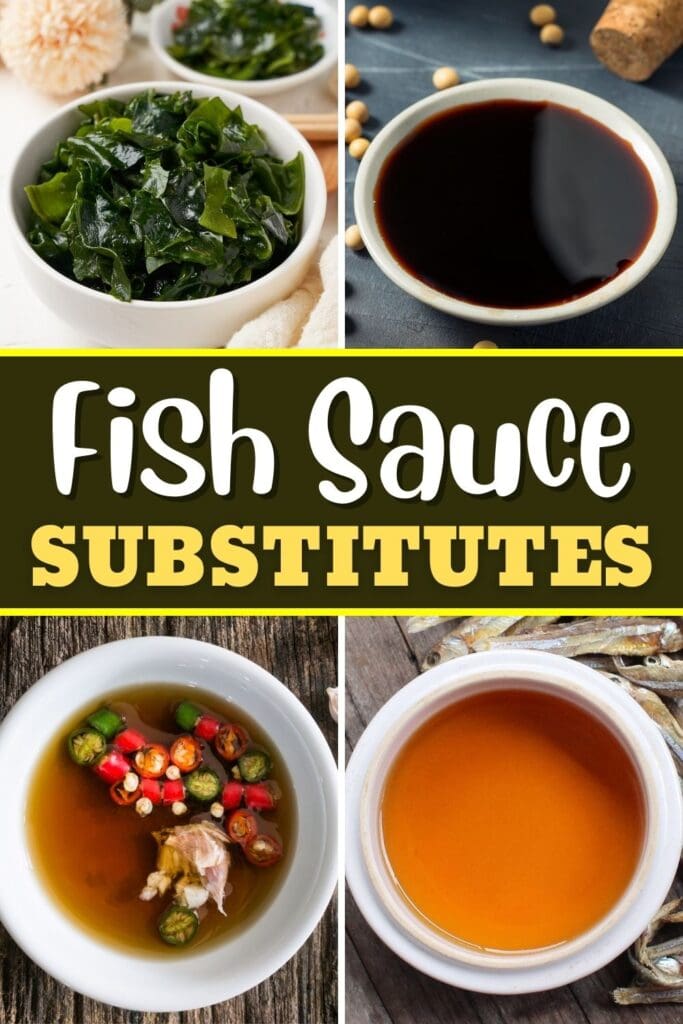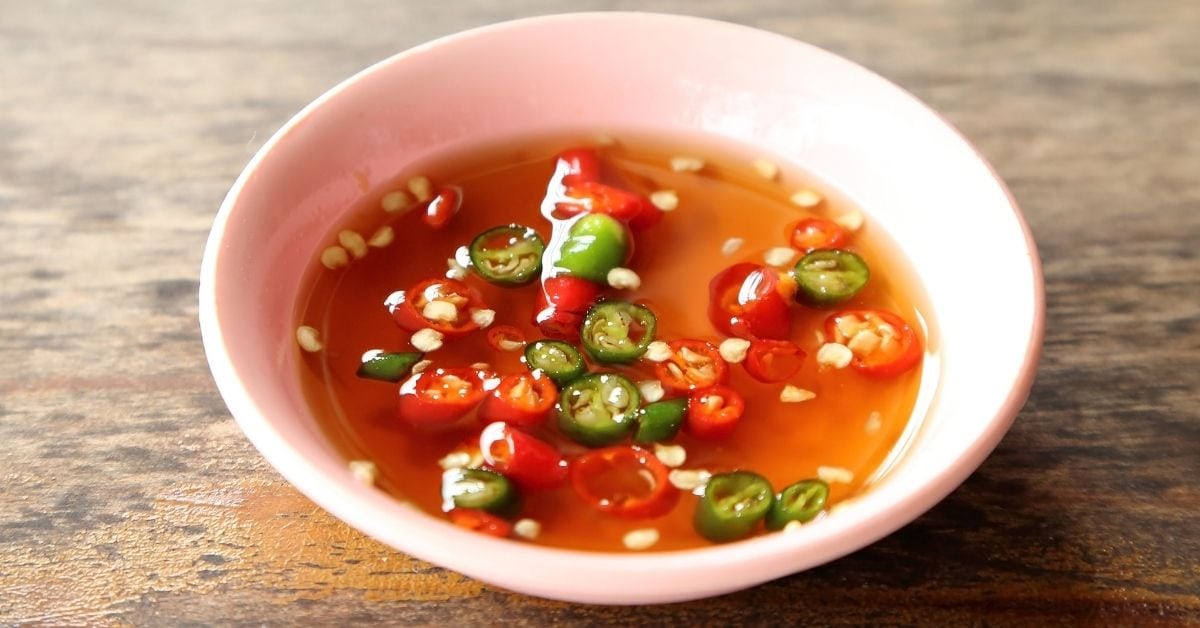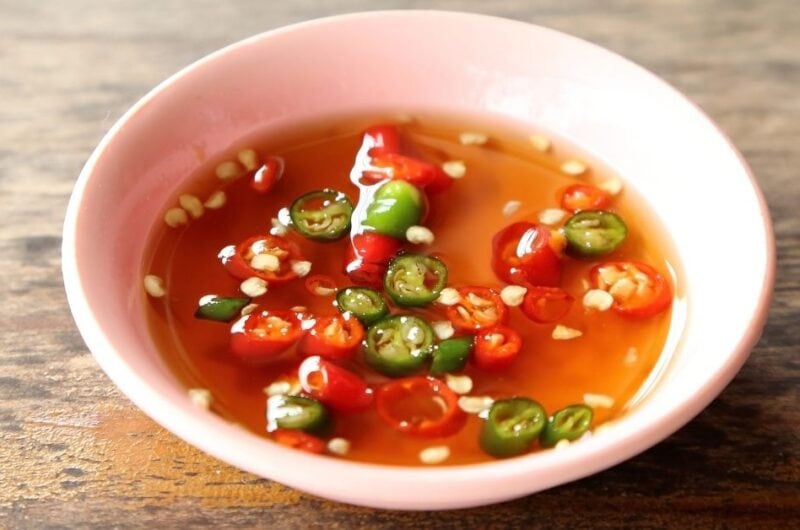For this list, I’ve pulled together 10 fish sauce substitutes. You can easily swap these out for fish sauce if you find yourself in a bind.
If you’re a fan of Thai recipes, you’re probably familiar with fish sauce. It’s a condiment that adds saltiness and umami flavor to Asian dishes.
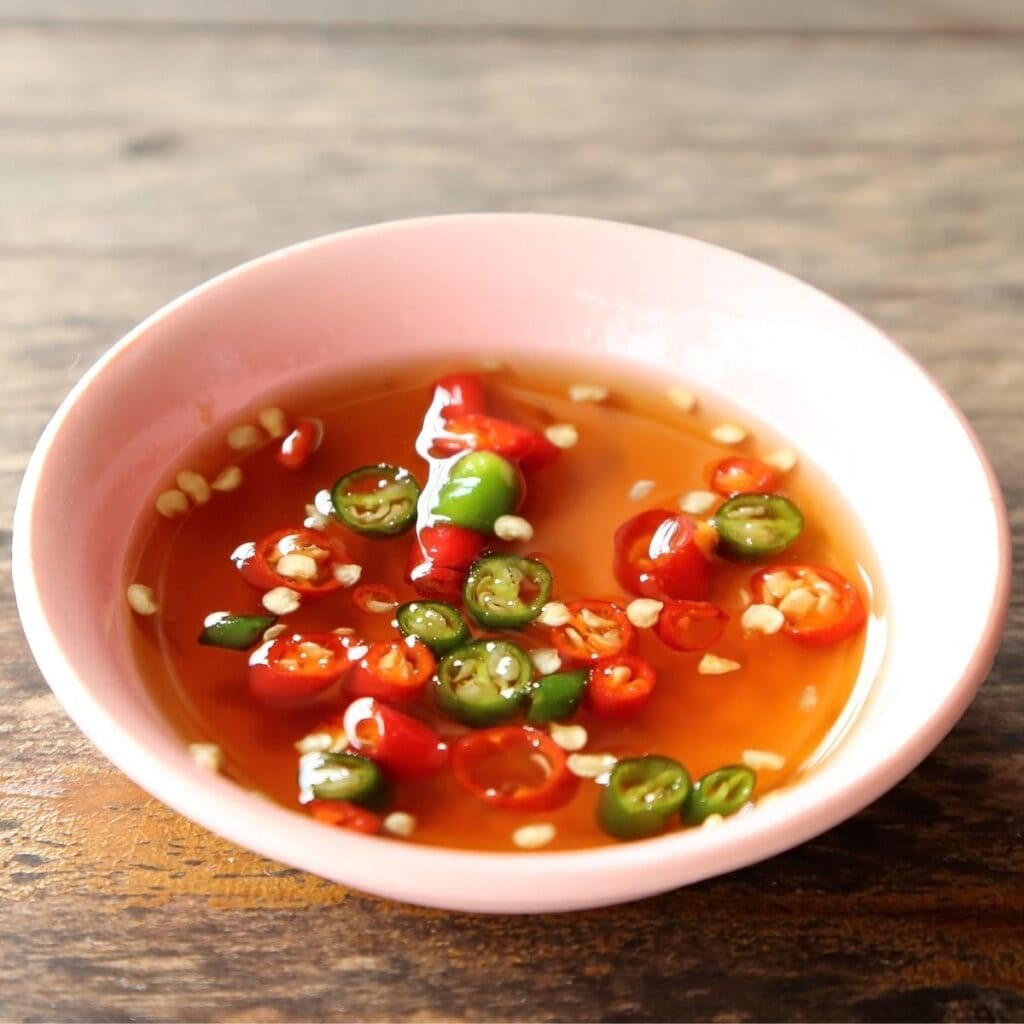
However, there are several reasons you might need a substitute. Vegans and vegetarians can’t use fish sauce, of course.
Additionally, some people may be allergic.
Finally, there may be a time when you need an alternative simply because you ran out! Whatever the reason, these fish sauce substitutes have you covered.
What is Fish Sauce?
Fish sauce is a staple ingredient in Thai, Vietnamese, and other Asian cuisines. It’s a mixture of fermented fish, shellfish, and salt.
It has a bold, salty taste that’s fishy and pungent. However, it’s not overly muddy or murky. If you enjoy fish and seafood, you’ll love it.
If you don’t like those things, you still may appreciate it. The other ingredients in it help tone down the fishiness somewhat.
If you eat lots of Asian takeout, you’ve probably had it plenty of times.
The Best Fish Sauce Substitutes
The following is a list of ten of my favorite fish sauce substitutes. Give them a try the next time you need an alternative.
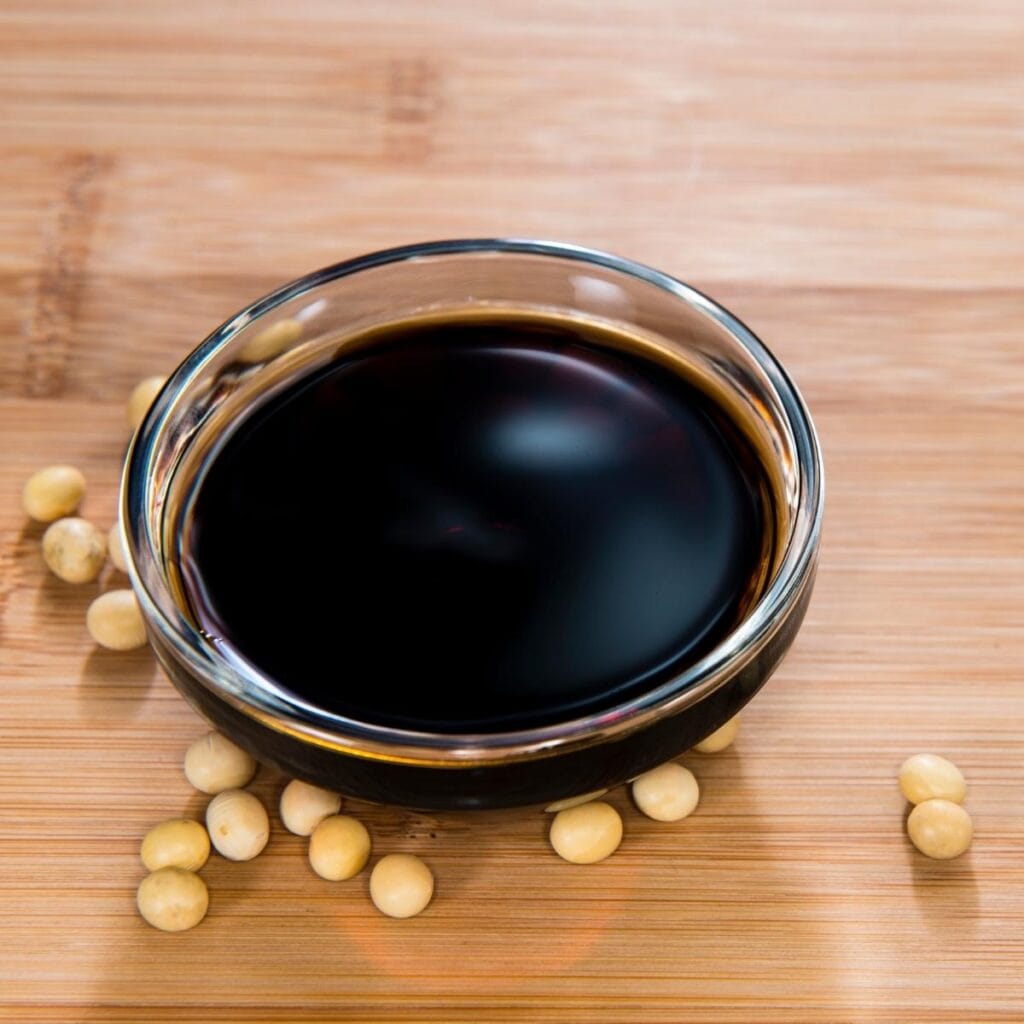
1. Soy Sauce
There are two primary reasons soy sauce is the most common substitute for fish sauce:
- It’s an easy, one-to-one ratio swap out.
- It’s readily available in most kitchens.
Nearly everyone has a spare bottle of soy sauce sitting around. That’s why so many people reach for it when they run out of fish sauce.
As far as flavor, though, it’s not a perfect match. It’s a little saltier and less complex overall.
However, it still works well in noodle dishes, fried rice, and stir-fries.
For dishes that require fish sauce as the main ingredient, soy sauce might not taste as great.
You miss out on that fishiness that makes it so distinct.
You can try adding anchovies to the dish along with the soy sauce. Together, the two ingredients make a fair representation of fish sauce.
In that case, you’ll need a single minced anchovy for each tablespoon of soy sauce.
The soy sauce will still replace the fish sauce using a one-to-one ratio.
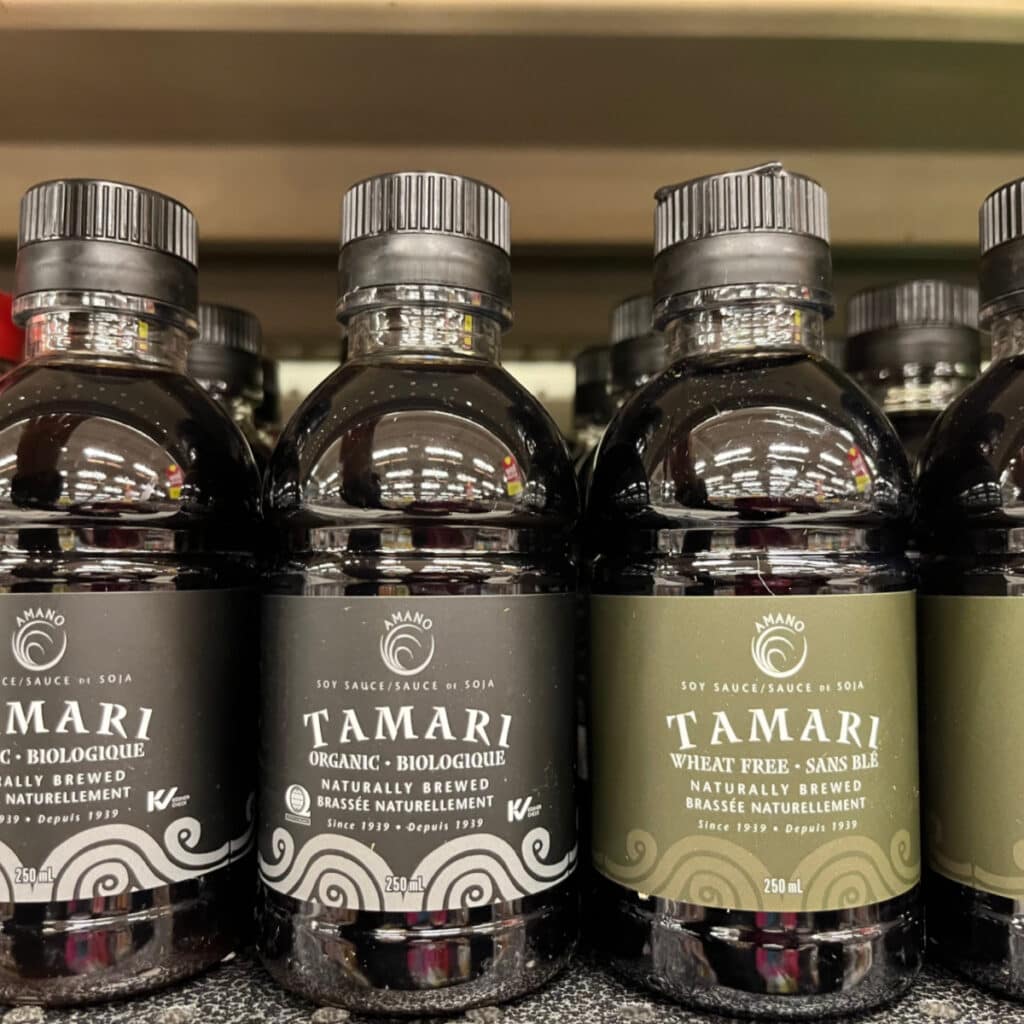
2. Tamari Sauce
Tamari sauce and soy sauce are very similar. Tamari, however, is a (usually) gluten-free option.
It’s also richer, earthier, and less salty than soy sauce.
The ratio for substituting tamari for fish sauce is one-to-one. However, you may want to add a dash of salt into the mix.
Just like with soy sauce, you can also add anchovies. This will help bring in more of the fishy, umami flavor.
If you’re vegan or vegetarian, you can try the rice vinegar combination.
Just remember that most tamari is gluten-free. However, that doesn’t mean it all brands are.
Be sure to check out your specific brand first. Don’t just assume it won’t trigger your gluten sensitivity.

3. Oyster Sauce
If the fish in the sauce isn’t the problem, you’re in luck. Oyster sauce is an excellent substitute for fish sauce. In fact, it’s probably the best one there is.
You can substitute it using a one-to-one ratio, and it works best in stir-fry dishes. However, you can use it in any dish that requires fish sauce.
So what are the differences between the two?
The main one is sugar. Oyster sauce has it, but fish sauce doesn’t.
That means oyster sauce is more of a sweet-n-salty sauce. It’s also a bit thicker than fish sauce.
You can help remedy both of these issues by adding a bit of water. That will thin the sauce and help cut down on the sweetness.

4. Worcestershire Sauce
I know, I know! Substituting Worcestershire sauce for fish sauce sounds a little weird, right? But think about it for a second.
Most families have a bottle of this stuff sitting around the house. Additionally, it’s salty, savory, and has the same depth of flavor as fish sauce.
That’s because it’s made of fish.
Did I just blow your mind? I know, I was shocked when I found out, too.
It’s true, though. Worcestershire sauce uses fermented fish as a staple ingredient.
There are many other components in the mix, but fermented fish is a big one. So are anchovies.
With all that in mind, it’s easy to see how Worcestershire sauce can replace fish sauce.
Use it in a one-to-one ratio. Most people won’t even know the difference.
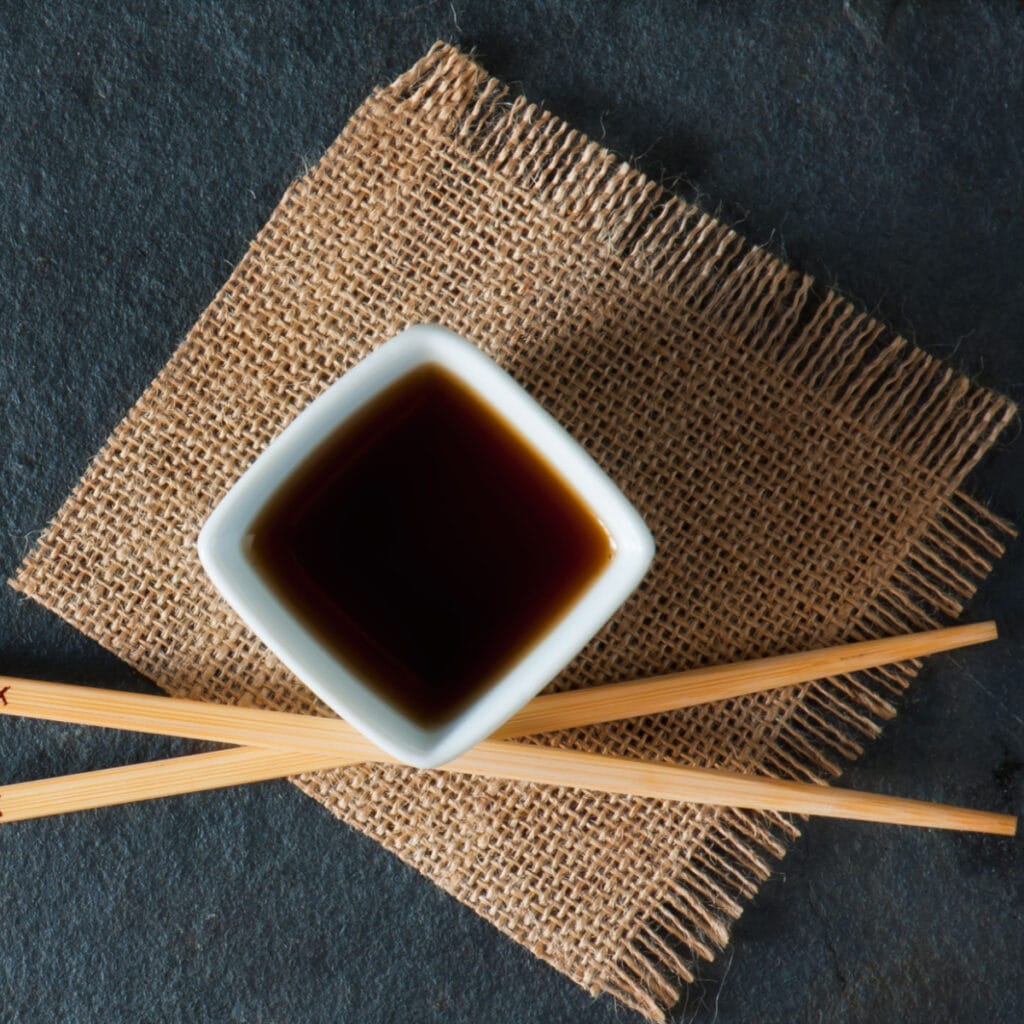
5. Hoisin Sauce
Some people substitute Hoison sauce for fish sauce.
However, I find that it doesn’t do the trick by itself. It’s a little too thick and sweet for my taste.
However, I mix it with soy sauce, and that’s an excellent fish sauce alternative. For example, suppose a dish needs a half-cup of fish sauce.
In that case, I add a fourth cup of Hoison and a fourth cup of soy sauce. That combo gives you the saltiness and umami flavor of fish sauce.
Plus, it cuts down on the Hoison sauce’s sweetness.

6. Coconut Aminos
Most people recommend substituting coconut aminos one-to-one for fish sauce. As with the Hoisin sauce, I disagree.
I find that it’s more like 3/4 coconut aminos for one part fish sauce. I also mix in a dash of soy sauce.
Together, the two ingredients make an impressive fish sauce substitute.
They provide dishes with a rich umami flavor. However, they will add a touch of sweetness, too, so be prepared for that.
The good thing is that coconut aminos are gluten- and soy-free. That is, of course, if you use them without the soy sauce. They’re also vegan-friendly.
That allows them to cater to people with diverse dietary restrictions.
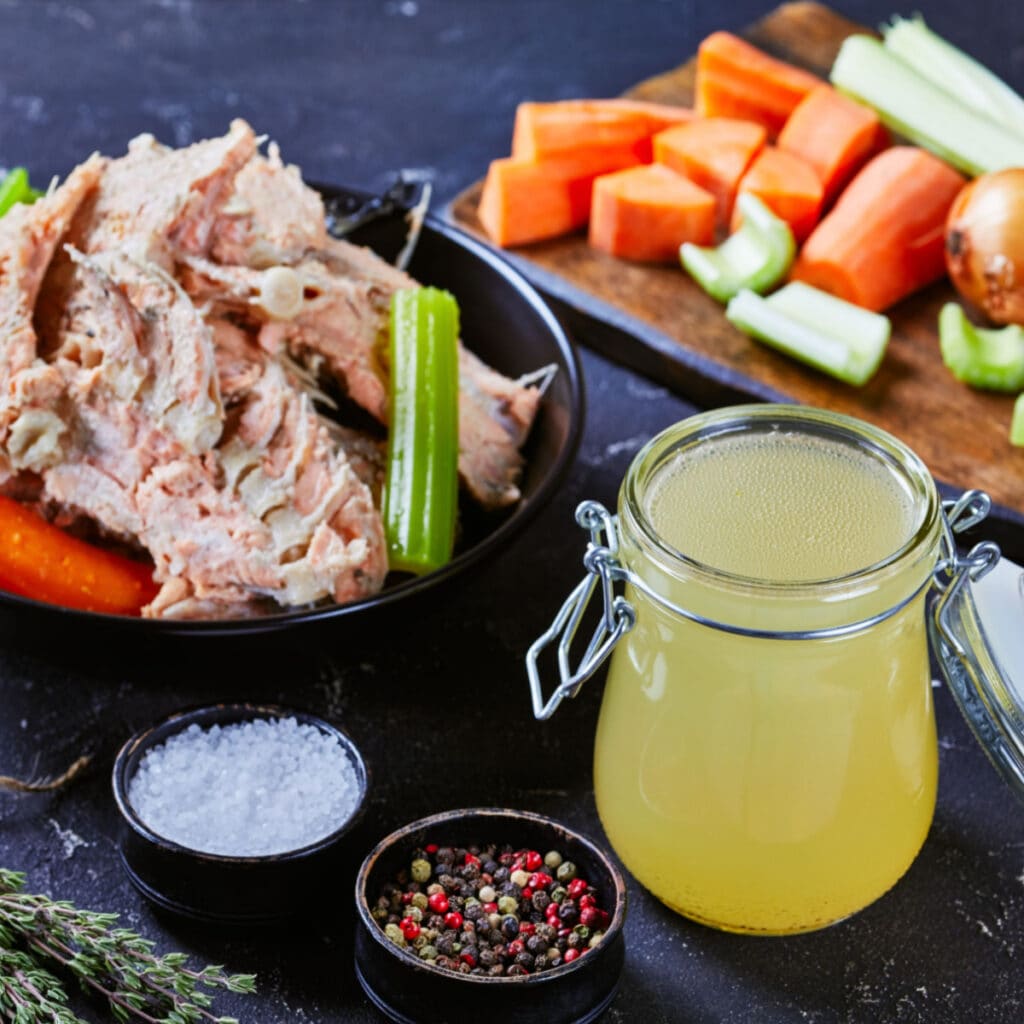
7. Fish Broth
Is the most important thing to you the fishy flavor of fish sauce? If so, fish broth would work just as well.
You can add it using a one-to-one ratio, but you may need to thicken it.
Try adding some cornstarch, just a bit at a time. See if that helps it reach the correct consistency. Your dish might need a little extra salt, as well.
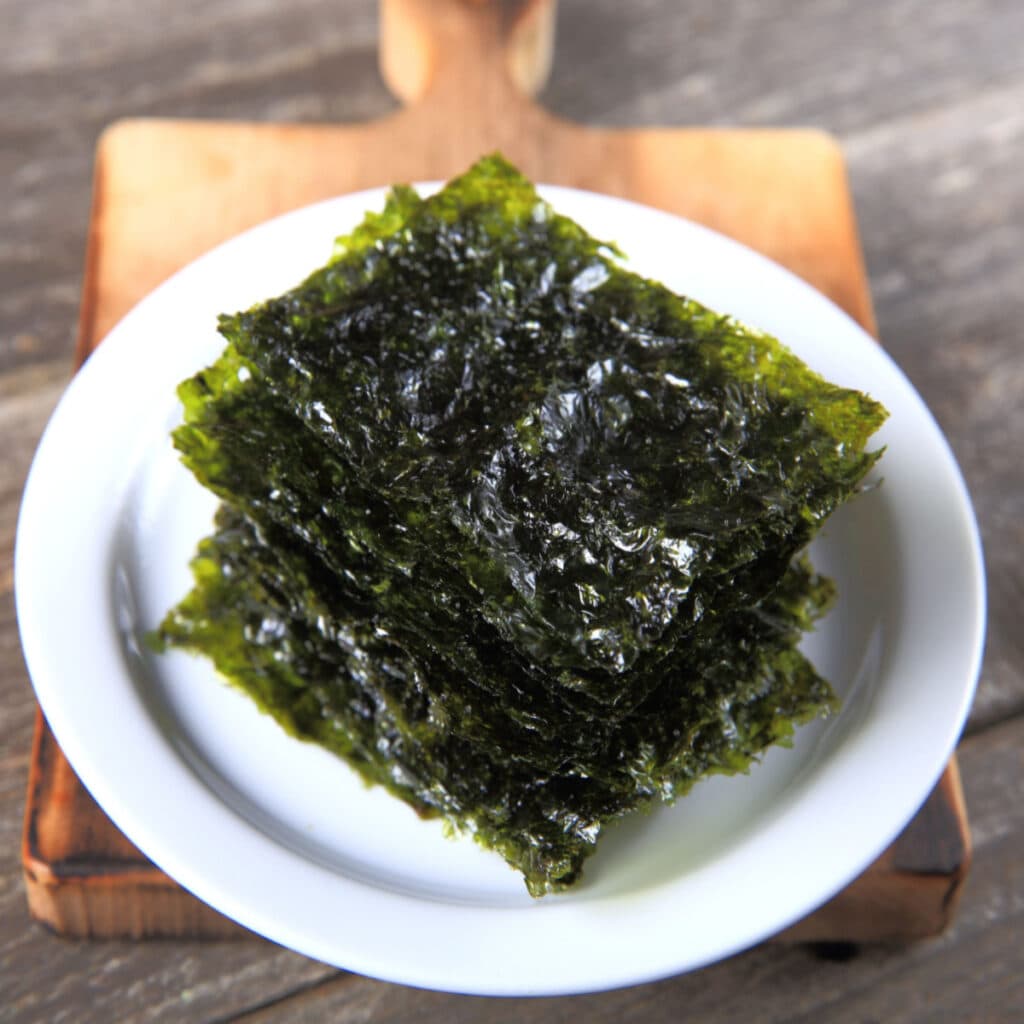
8. Seaweed
Seaweed is an excellent addition to sushi and sandwich wraps.
Surprisingly, you can also use it as a fish sauce replacement. It’s vegan-friendly, allergy-free, and all-natural.
However, figuring out the substitution ratio can be tricky. After all, seaweed is primarily solid.
Fish sauce is a liquid. The conversion rate can be challenging. Unfortunately, I’m not much help there.
My recommendation? Add the seaweed to your dish a little at a time. Taste it frequently until you have a flavor that satisfies you.
That’s really the only way to do it with seaweed.
Also, keep in mind that seaweed has a stronger umami flavor than fish sauce. So, however much you’re planning to add, start with half that amount.
Seriously. It’s a potent ingredient. When I say start with a little, I’m not exaggerating.

9. Liquid Aminos
Here’s another excellent vegan alternative to fish sauce. It’s also gluten-free.
Liquid aminos contain soy and salt, so they pretty closely resemble fish sauce.
However, they aren’t as umami-packed. You can use the instructions above for adding anchovies to get a fishier taste. (If you don’t mind the meat, of course!)
Either way, you’ll swap them out using a one-to-one ratio. If you include anchovies, the ratio stays the same.
Just add an anchovy filet for every tablespoon of liquid aminos.

10. Vegan Fish Sauce
If you have a little time on your hands, whip up your own vegan fish sauce! You can make it out of all kinds of things, including:
- Soy sauce
- Tamari sauce
- Shiitake mushrooms
- Seaweed
- Etc.
You can even buy it online. Some grocery stores sell it, too, though it’s harder to find there.
Once you have it ready, use it in a one-to-one ratio for fish sauce.
